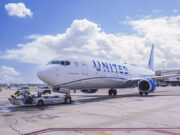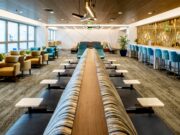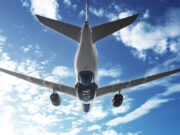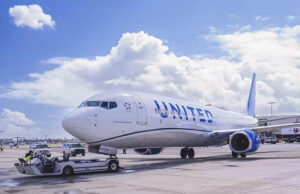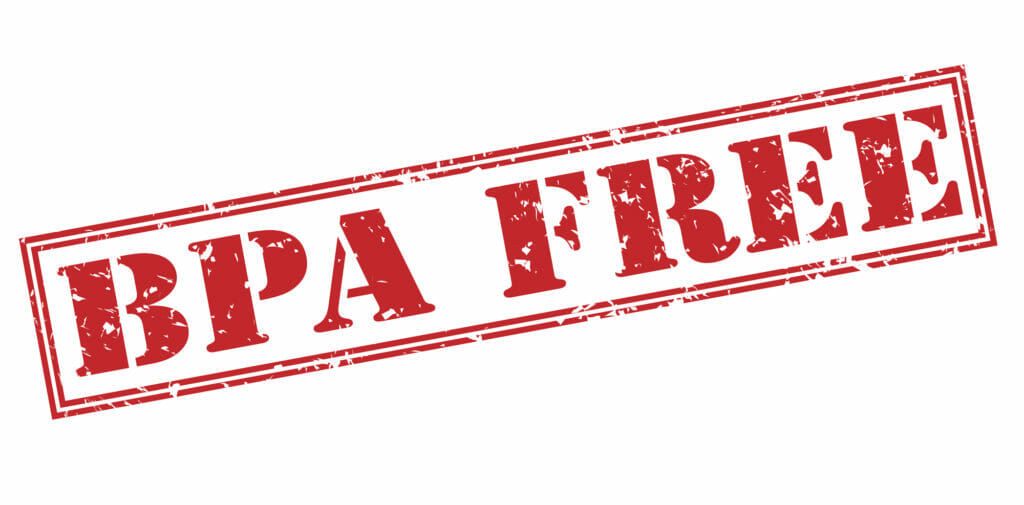 As an airline crew member, maintaining or improving your health has its obstacles, sometimes daunting ones. We face threats from many sources, some of which are operational hazards that are beyond our control. Effects of threats like radiation exposure, long stints of sitting, circadian disruptions, and lack of access to healthy foods are becoming more well known. One health hazard that is overlooked, is BPA exposure and its detrimental health consequences.
As an airline crew member, maintaining or improving your health has its obstacles, sometimes daunting ones. We face threats from many sources, some of which are operational hazards that are beyond our control. Effects of threats like radiation exposure, long stints of sitting, circadian disruptions, and lack of access to healthy foods are becoming more well known. One health hazard that is overlooked, is BPA exposure and its detrimental health consequences.
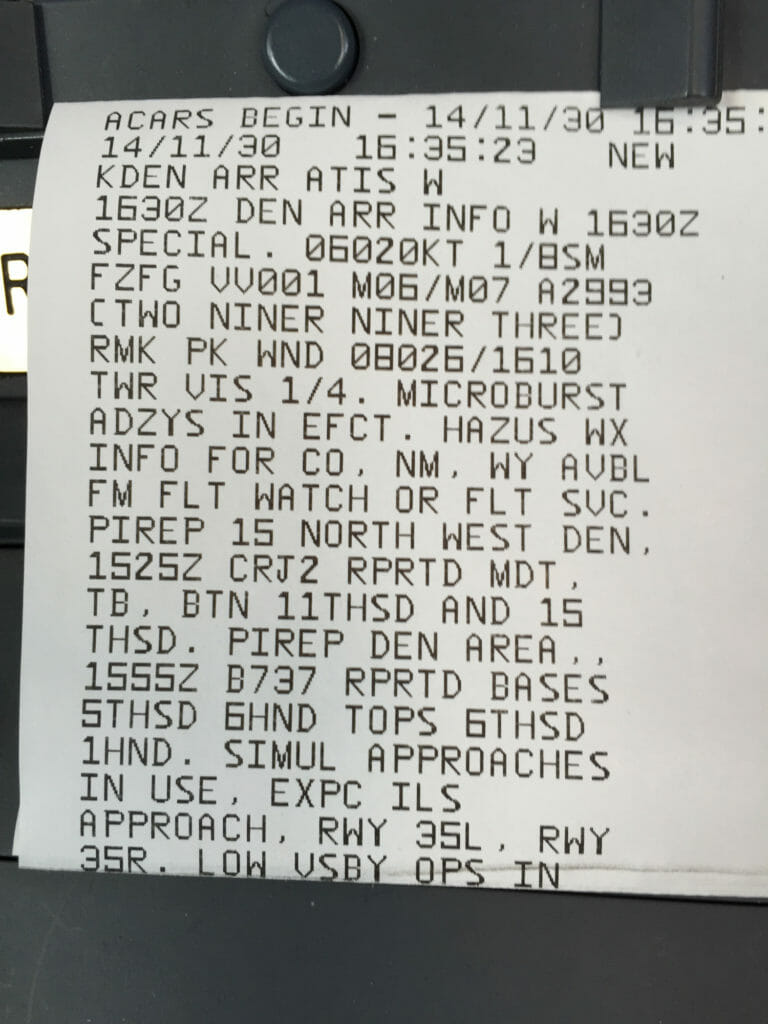 Bisphenol-A (BPA) is a chemical compound that is widely used in plastics, canned food lining, and paper products like receipts, tickets, and what applies to us as airline pilots, ACARS paper. As crews operate newer aircraft with upgraded avionics, more of us are now handling heat-transfer paper that is lined with epoxy resins – BPA, to function without the use of ink. We use this handy printer for everything from ATIS and PDC’s to gate information and even full release amendments.
Bisphenol-A (BPA) is a chemical compound that is widely used in plastics, canned food lining, and paper products like receipts, tickets, and what applies to us as airline pilots, ACARS paper. As crews operate newer aircraft with upgraded avionics, more of us are now handling heat-transfer paper that is lined with epoxy resins – BPA, to function without the use of ink. We use this handy printer for everything from ATIS and PDC’s to gate information and even full release amendments.
 New research on humans reveals that BPA has negative hormonal properties in people, disrupting healthy thyroid function. It has been linked to heart disease, obesity, reproductive problems, reduced libido, and aggression in children. Its use is completely banned in France, and is banned from baby products and bottles in all of Europe and the U.S. Controversy remains regarding BPA and its health hazards. It is better explained in the following video: nutritionfacts.org/video/bpa-on-receipts-getting-under-our-skin/
New research on humans reveals that BPA has negative hormonal properties in people, disrupting healthy thyroid function. It has been linked to heart disease, obesity, reproductive problems, reduced libido, and aggression in children. Its use is completely banned in France, and is banned from baby products and bottles in all of Europe and the U.S. Controversy remains regarding BPA and its health hazards. It is better explained in the following video: nutritionfacts.org/video/bpa-on-receipts-getting-under-our-skin/
The kicker with BPA absorption is that it is absorbed at a rate 100 times greater following a recent use of hand sanitizer, which is compounded by eating and snacking with our hands — activities that most flight crew members repeat throughout the day. Even if you are handling a product that is BPA-free, it means that it was just replaced with BPS or BPZ, which are used in higher concentrations with the same health hazards as BPA. Learn more about BPA alternatives here: nutritionfacts.org/video/are-the-bpa-free-alternatives-safe/
So what does this mean in a daily routine working in a commercial flight deck?
Consider this, the perfect storm. We show up to work and print out our paperwork for the flight, depart and continue to print out updates until we land at our destination. Some crews will even give the flight deck surfaces a bath in hand sanitizer. Between flights, depending on our carrier, we might help cross seat belts in the back. Afterwards, we grab a pump of hand sanitizer and use what time is left to snack from the healthy foods that we packed, we print out our ATIS and PDC, only to repeat the process all over again.
Until more conclusive, independent research is conducted on humans, it might suit our interests to reduce our exposure to the best of our abilities. Handling paperwork in the flight deck can be almost unavoidable. However, most FMS systems have the option to not print out the paperwork and allow us to view it on the screen, in a digital format instead. Any pertinent information can be handwritten on scratch paper.
Also, avoid the use of antibacterial gels and opt to wash hands with soap and water instead. This can be the lesser of two evils though it might also include the use of potable water from the aircraft which can pose its own sanitary issues. Definitely, do not eat with your bare hands after handling printer paper.
Lastly, drink from stainless steel water containers, store food in glass storage containers to prevent your food from contacting plastic surfaces, and reduce consumption of foods from cans that are lined with BPA.
As always, our Fit Flyer App https://itunes.apple.com/us/app/fit-flyer/id1158022989?mt=8 is a great, free meal planning resource to help you travel with healthy food and meet your fitness goals. Remember, you can’t out-exercise a poor diet. Also, by making your own food, you avoid processed food stored in plastics and eliminate many dietary sources of BPA!












